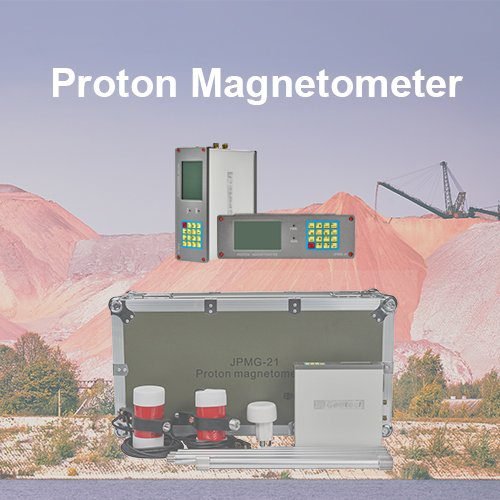Welcome to Geotech!

What is Geophysical Surveying? The Ultimate Technology Guide
1. Core Concepts & Method Classifications
1.1 Definitions & Scientific Basis
Geophysical Surveying is a non-destructive technique that infers subsurface structures by measuring anomalies in geophysical fields (electromagnetic, seismic waves, gravity, etc.). It is categorized into:
- Passive Methods: Utilize natural fields (gravity, geomagnetism)1
- Active Methods: Employ artificially induced fields (electrical currents, seismic waves)4
Technical Essence: Inversion algorithms convert surface data into subsurface physical property distributions, with resolution exponentially decreasing with depth
5.
1.2 Mainstream Method Matrix
| Method | Physical Parameter | Detection Depth | Typical Equipment |
|---|---|---|---|
| High-Density Resistivity (HDR) | Resistivity | 10-500m | Geotech GIM |
| ERT | 3D Resistivity | 5-300m | Geotech WGMD |
| GPR | Dielectric Constant | 0.1-30m | Geopro T-Series |
| Seismic | Wave Velocity/Impedance | 50-5000m | GE-ANT-Series |
2. Technical Comparisons & Innovations
2.1 Resistivity-Based Methods
High-Density Resistivity Method
- Principle: Automated multi-electrode arrays (60-120 channels) generate 2D/3D resistivity profiles4
- Advantages:
- 5x faster data acquisition than traditional DC methods (2km/day coverage)1
- Digital filtering achieves 80dB SNR in urban environments7
- Identifies karst conduits <5m diameter (±2% accuracy in Wuhan case)1
ERT (Electrical Resistivity Tomography)
- Innovations:
- ConvResNet AI inversion reduces 3D modeling from 24h to 1.8h5
- 1000V high-voltage system enables 300m penetration (<8% error in coal mine void detection)4
2.2 Electromagnetic Wave Methods
GPR (Ground-Penetrating Radar)
- Frequency Selection:
- 100MHz:Municipal pipeline detection (10m depth, 0.3m resolution)2
- 2.6GHz:Concrete defect inspection (0.5m depth, 2cm resolution)7
- Case Study: Located 16.5m-deep karst cavities in Malaysia limestone sites6
2.3 Advanced Seismic Applications
- Microseismic Monitoring: ±3m positioning accuracy for CO₂ storage leakage warning1
- Surface Wave Survey: MASW technique inverses shear wave velocity within 50m depth5
3. Industrial Applications & Cost Efficiency
3.1 Urban Geohazard Prevention
- Subway Tunnel Inspection: GPR+MSSW combination detected boulder clusters in shield zones (30% risk reduction in Beijing projects)4
- Karst Collapse Warning: ERT-OCTEM integration improved karst detection accuracy to 92% in Wuhan1
3.2 Mineral Resource Exploration
- 3D Orebody Modeling: 3D ERT differentiated silicified zones (ρ>2000Ω·m) with 40% cost reduction4
- Coal Mine Void Detection: TEM+HDR synergy defined aquifer boundaries (12,000m³/day water drainage reduction in Xinjiang)1
3.3 Environmental Engineering
- Pollutant Monitoring: TEM+ERT mapped VOC plumes with 0.1ppm sensitivity4
- Permafrost Thaw Early Warning: UAV infrared + microtremor tech enabled dynamic monitoring15
4. Equipment Selection & Technological Breakthroughs
| Product Line | Key Innovations | Application Scenarios |
|---|---|---|
| ERT | 120-channel AI switching | 3D metal ore modeling |
| Radar | Multi-frequency synchronization | Urban road collapse warning |
| SeisNode | 500-node wireless network | Site seismic risk assessment |
Explore Advanced Solutions
Visit www.geotechcn.net for technical specifications and case studies
References
1: Multi-geophysical methods for permafrost thaw monitoring on Qinghai-Tibet Plateau (Engineering Geology 2025)
2: GPR advancements in mineral exploration (ResearchGate 2023)
4: Integrated geophysical assessment of permafrost engineering risks (Engineering Geology 2025)
5: Machine learning applications in ERT and seismic methods (Geophysical Journal 2024)
6: GPR applications in Malaysian limestone sites (Geotomibased 2024)
7: Real-time GPR inversion using deep learning (Oxford Academic 2024)
-1.png)


